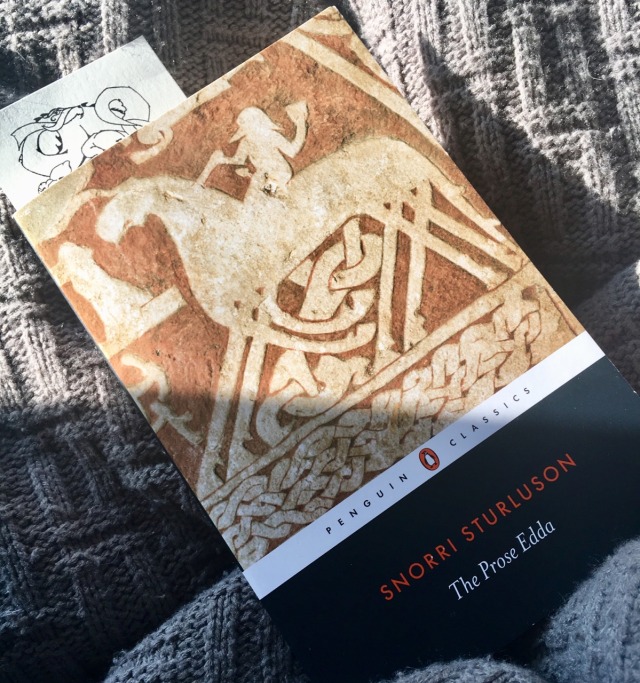

According to Faulkes, though such a connection is plausible semantically, it is unlikely that "Edda" could have been coined in the 13th century on the basis of "óðr", because such a development "would have had to have taken place gradually", and Edda in the sense of 'poetics' is not likely to have existed in the preliterary period. Anthony Faulkes in his English translation of the Prose Edda comments that this is "unlikely, both in terms of linguistics and history" since Snorri was no longer living at Oddi when he composed his work.Īnother connection was made with the word óðr, which means 'poetry or inspiration' in Old Norse. Edda could therefore mean "book of Oddi." However, this assumption is generally rejected. Some argue that the word derives from the name of Oddi, a town in the south of Iceland where Snorri was raised. The etymology of "Edda" remains uncertain there are many hypotheses about its meaning and development, yet little agreement. Early scholars of the Prose Edda suspected that there once existed a collection of entire poems, a theory confirmed with the rediscovery of manuscripts of the Poetic Edda. Originally known to scholars simply as Edda, the Prose Edda gained its contemporary name in order to differentiate it from the Poetic Edda. The Prose Edda appears to have functioned similarly to a contemporary textbook, with the goal of assisting Icelandic poets and readers in understanding the subtleties of alliterative verse, and to grasp the meaning behind the many kennings used in skaldic poetry. 1300 to 1600, seven manuscripts of the Prose Edda differ from one another in notable ways, which provides researchers with independent textual value for analysis.

The Prose Edda consists of four sections: The Prologue, a euhemerized account of the Norse gods Gylfaginning, which provides a question and answer format that details aspects of Norse mythology (consisting of approximately 20,000 words), Skáldskaparmál, which continues this format before providing lists of kennings and heiti (approximately 50,000 words) and Háttatal, which discusses the composition of traditional skaldic poetry (approximately 20,000 words).ĭating from c. Title page of a late manuscript of the Prose Edda written by Snorri Sturluson (13th century), showing the Ancient Norse Gods Odin, Heimdallr, Sleipnir, and other figures from Norse mythology


 0 kommentar(er)
0 kommentar(er)
